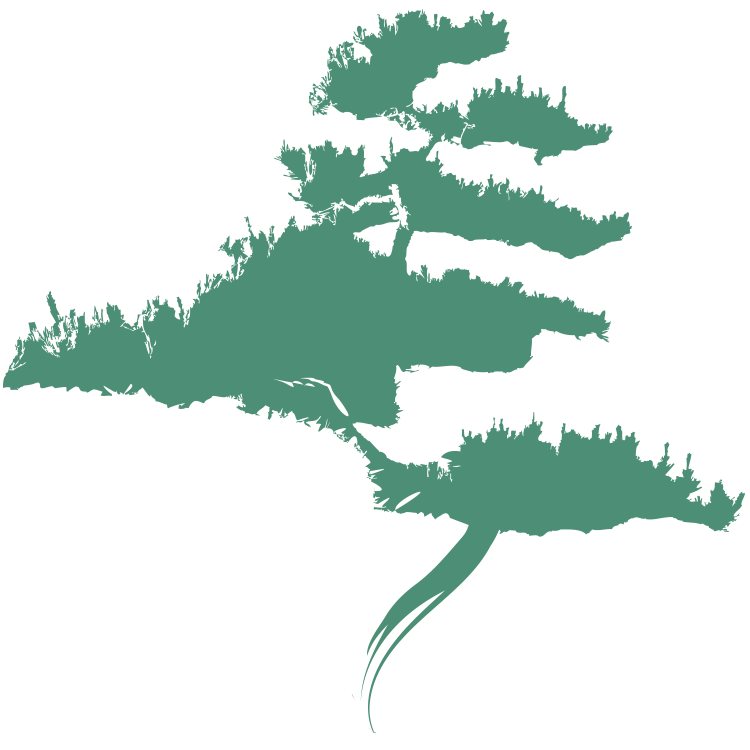Origin of the Japanese Friendship Garden & Museum
After the World Exposition
From 1915 through 1955, the Japanese Tea Garden was a familiar presence in Balboa Park until it was dismantled to make room for the Children’s Zoo.
“After the Panama-California Exposition closed in 1916, the City of San Diego decided to ask a local Japanese couple to run the tea house. My mother wanted to try running a business, so we moved into tiny living quarters at the back of the tea house. I slept in the attic over the bathroom. I had a lot of jobs, as the eldest child. We painted the bridges every three years, and replaced the rice paper shoji screens. We trimmed the plants, and harvested bamboo shoots for food.
After we opened the tea house to the public, we sold tea and noodles, and served them on the porch that surrounded the building on three sides. My mother created green tea ice cream by mixing the tea powder into the ice cream. Inside there were traditional tatami mats made of bamboo on the floors, and my mother had a small gift shop where she sold small things imported from Japan. In later years, there were beautiful wisteria arbors in the garden, and a Japanese photographer took a photograph of my mother in her kimono, posing in front of the wisteria.”
The Japanese Friendship Garden & Museum today
After the end of World War II, San Diego became an early participant in the Sister City program, and developed close ties with the city of Yokohama, in Japan. A series of gifts, including the Japanese Friendship Bell, and financial support from local and Japanese businesses, encouraged San Diego leaders to consider creating a Japanese garden in Balboa Park. San Diego citizens rejoiced over the opening in August 1990 of the first phase of the Japanese Friendship Garden & Museum. The second phase of improvements to the existing 2.5 acres was completed in 1999. In 2015, the Japanese Friendship Garden & Museum opened an additional 9-acres which include the Inamori Pavilion, water features, bridges, cherry tree grove, and the camellia and azalea garden.



